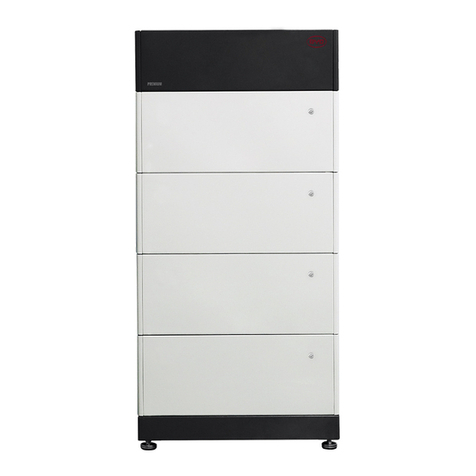
I
Content
1. Introduction......................................................................................................................1
1.1 Brief description......................................................................................................1
1.2 Product Composition..............................................................................................2
1.3Functions.................................................................................................................3
1.4 System modes........................................................................................................4
1.5 Standards and directives........................................................................................6
1.6 About this manual...................................................................................................6
1.7 Abbreviations..........................................................................................................8
1.8 Attached list............................................................................................................8
1.9 Specification...........................................................................................................8
2. Safety Requirements.......................................................................................................9
2.1 Responsibilities of the installer...............................................................................9
2.2 Battery Maintenance ............................................................................................10
2.3 Requirements for the installation location............................................................12
2.4 Safety signs on the device ...................................................................................12
2.5 Safety equipment..................................................................................................13
2.6 Basic safety information.......................................................................................13
3. Technical Description.....................................................................................................18
3.1 Scope of supply....................................................................................................18
3.2 Nameplate introduction ........................................................................................18
3.3 System overview ..................................................................................................19
3.4 Overview of functions...........................................................................................20
3.5 Product Introduction.............................................................................................24
4. Monitoring instruction.....................................................................................................30
4.1 How to install APP................................................................................................30
4.2 Register an account onAPP ................................................................................31
4.3 Register account on the website..........................................................................32
5. Daily Maintenance Methods..........................................................................................33
5.1 Common faults .....................................................................................................33
5.2 Display status query table of panel button indicating lamps................................34
5.3 Routine maintenance ...........................................................................................34
6. About BYD .....................................................................................................................35




























